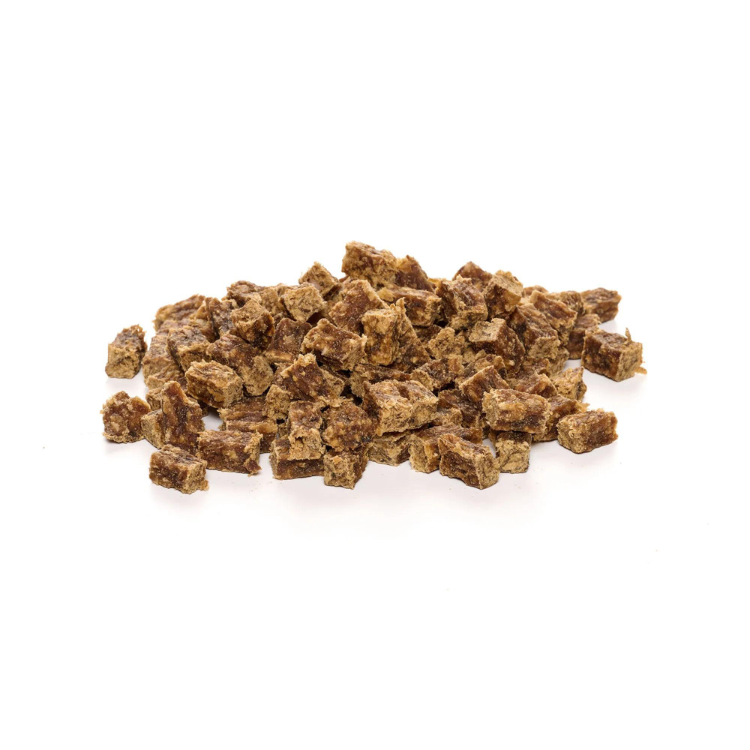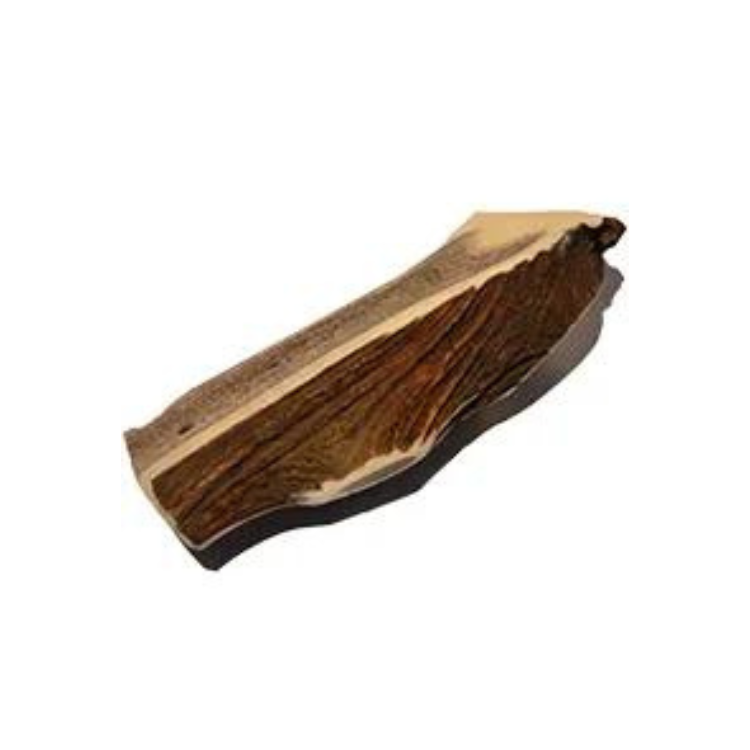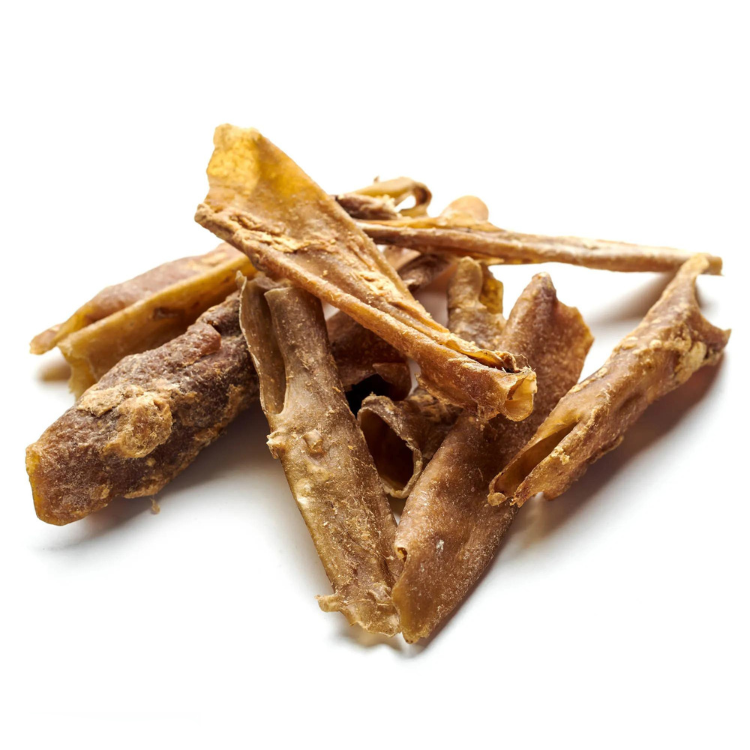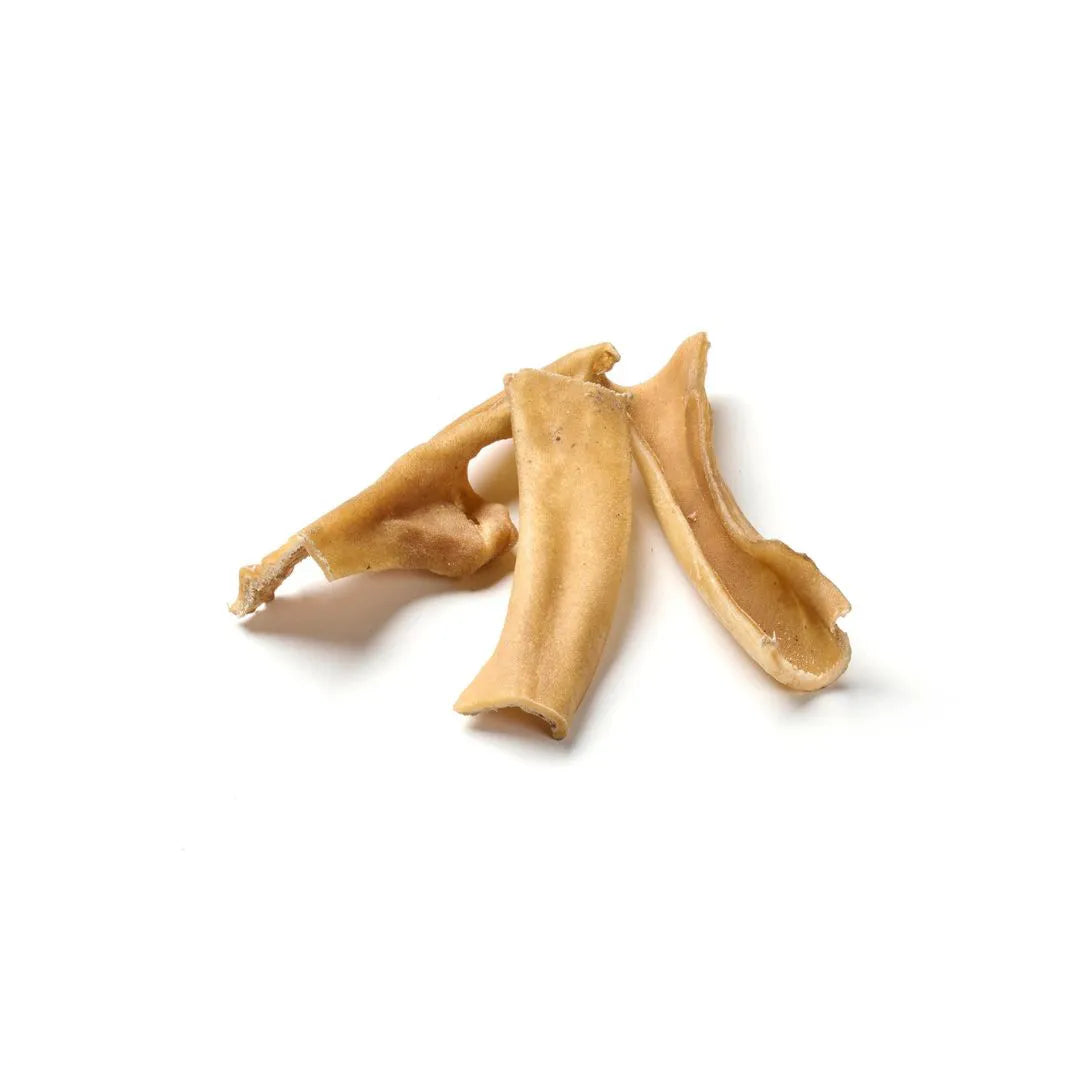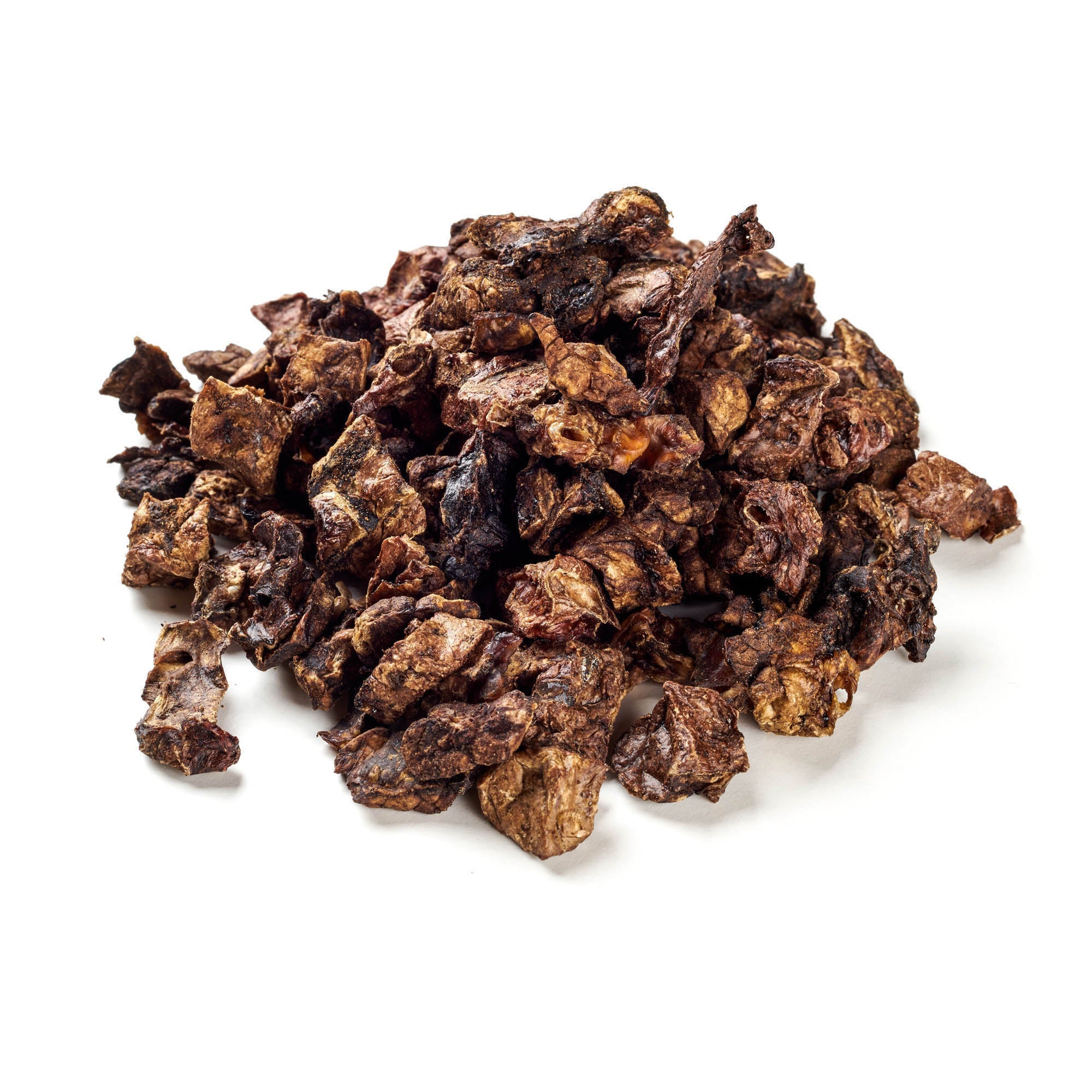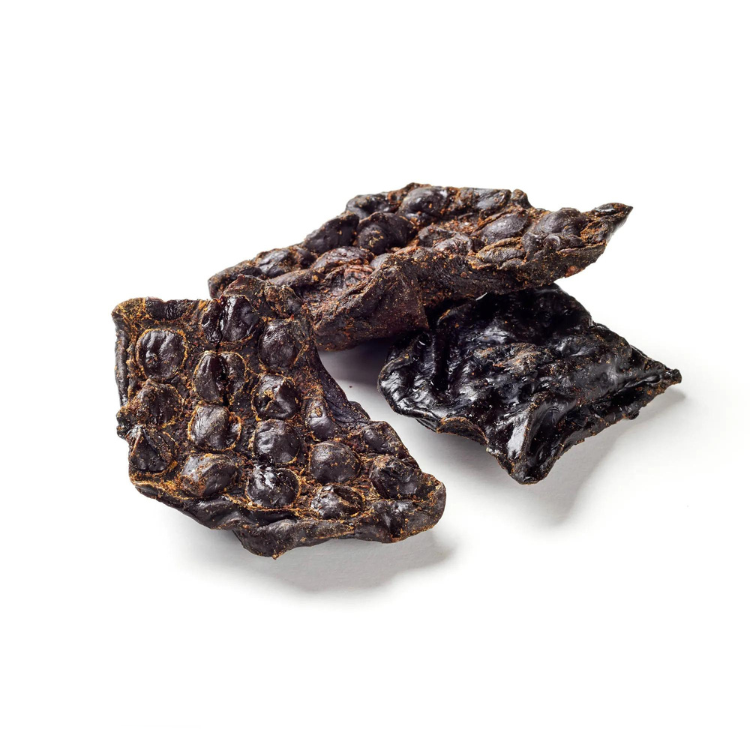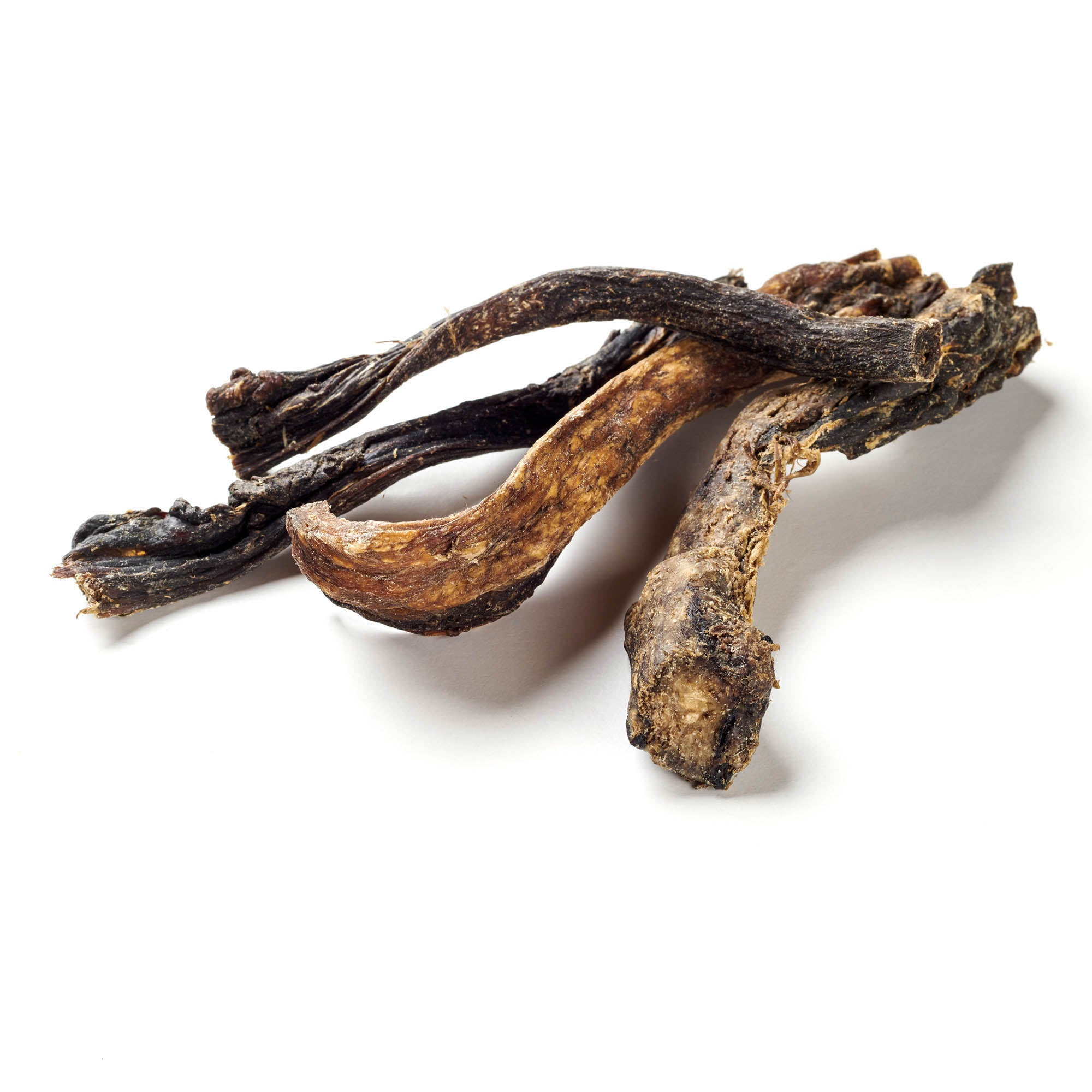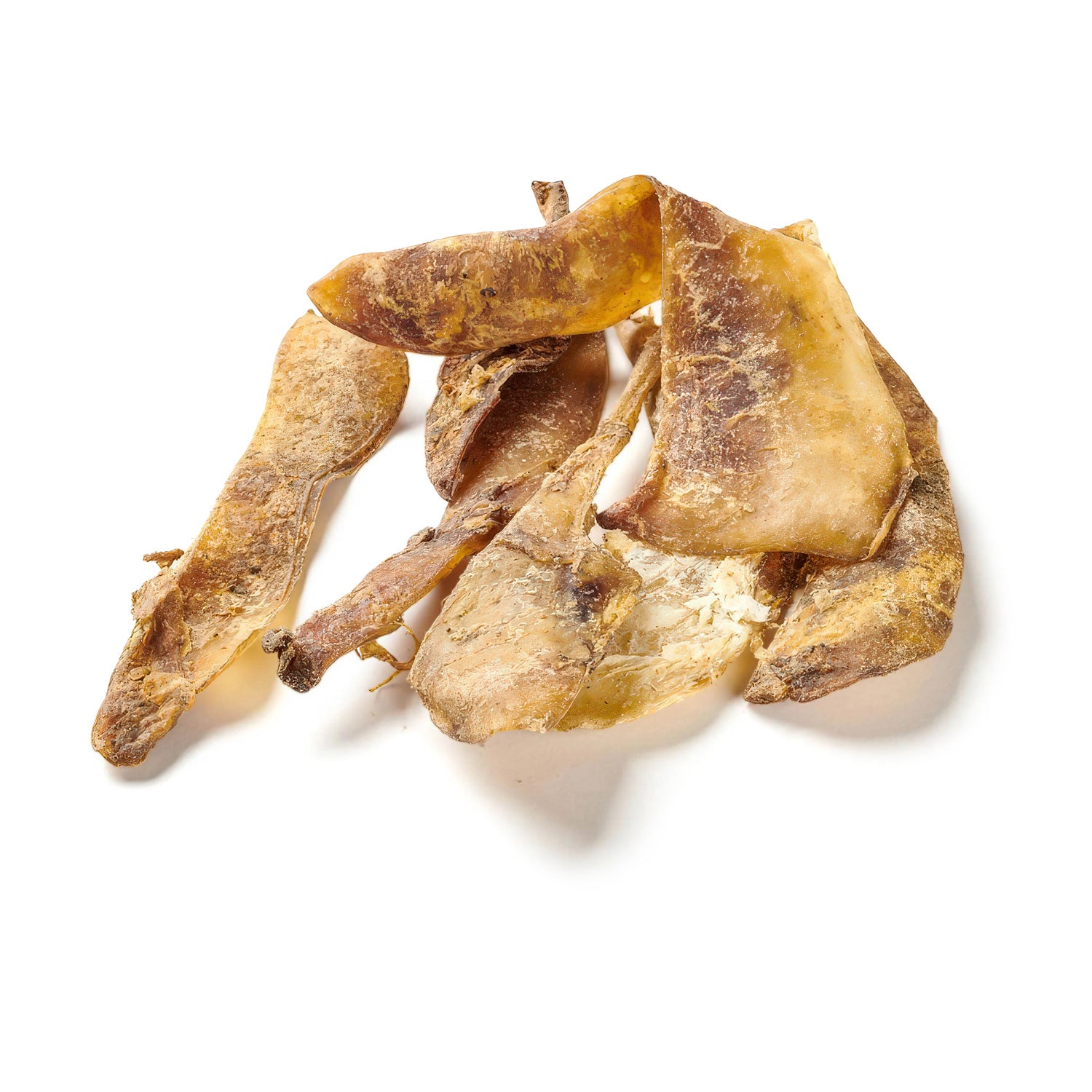
What kills mites in dogs? - We'll tell you
Share
What kills mites in dogs: Mites are a burden for every dog and can lead to severe itching, hair loss and skin diseases such as mange or demodicosis. Some mites are also contagious to humans, which is why it is important to know how a mite infestation manifests itself in dogs and how it can be treated.
Contents: What kills mites in dogs?
- What are mites anyway?
- How do dogs become infected with mites?
- The signs of mites in dogs
- How can mite infestation in dogs be prevented?
- Which home remedies help against mites in dogs?
- Conclusion - What kills mites in dogs?
Reward your best friend with our dog treats!
What are mites anyway?
Mites are nasty, small creatures up to 2 mm in size that form a subclass of arachnids and are therefore related to the much more well-known and larger tick . In fact, there are around 30,000 species of mites, more than any other arachnid.
However, all mite species follow the same life cycle. The speed at which mite species develop can vary greatly. While some species produce entire generations in just a few days, others need several years.
Mite life cycle:
- Eggs
- nymph
- adult mite
The reason is the different speeds of reproduction and the number of eggs a female can lay. The difference between species can be enormous, ranging from just 10 eggs to a whopping 10,000 eggs.
Mite species and their symptoms
There are different types of mites in dogs, each with different symptoms. Some of them are dangerous not only for the dog, but also for the owner.
Ear mites
Ear mites are usually transmitted to the dog through contact with an infected cat or are passed on at birth. If the dog shakes its head frequently and constantly scratches its ear, this is a typical sign of ear mites in dogs.
Grass mites
As the name suggests, these mites are often found on shady, dry plants and grasses. Grass mites have an intense red color and usually live together in clumps. They can then attack the dog when walking in the field. Typical symptoms are skin inflammation and severe itching, mostly on the stomach and paws.
Scabies mites
There are two groups of scabies mites: burrowing mites and Cheyletiella mites. Burrowing mites are most common in dogs. Both types are contagious and can even cause scabies in humans. If the dog is infected, it suffers from severe itching and dandruff. It also develops pustules or nodules on the skin, which can become inflamed.
Discover our selection of premium dog chews!
Demodex mites
Demodex mites, also known as hair follicle mites, are passed on from the infected mother at birth and are mainly found in young dogs. They can appear in two forms. In the localized form of demodex mites, the first symptoms of the disease are hair loss and skin irritations in the area of the head (upper lip, eyelids, bridge of the nose and forehead) and the ears.
In the generalized form, larger areas of skin and even the entire body are affected. In addition to hair loss, purulent inflammation of the hair follicles and a skin infection often occur. The skin is thickened and swollen and has large crusts and swollen lymph nodes. Weeping areas of skin are also a possible consequence.
How do dogs become infected with mites?
Of course, there are endless ways in which the mite can get to the dog, but essentially there are four main transmission routes:
- Direct contact with infected animals
- Indirect contact via contaminated objects
- Transmission by vectors (e.g. ticks or fleas )
- From mother to puppy at birth
The signs of mites in dogs
Typical symptoms of a mite infestation in dogs are frequent scratching and red patches on the skin. As the condition progresses, hair loss can also occur. So if you're wondering why your dog is constantly scratching, it might be mites!
To find out whether the dog is affected or whether it is perhaps an allergy, the fur can be combed with a flea brush. This will remove the mite larvae and eggs from the dog's fur.
After combing, the brush should be shaken out over a white towel. Even if nothing is visible, a second towel can be used to check whether mite droppings have formed.
The dog's ears are also a very popular place for mites. In the worst case, a severe mite infestation in the dog can even lead to a perforated eardrum. If the dog has parasites in its ear, these often form crusts and bleeding occurs.
How can mite infestation in dogs be prevented?
A strong immune system is essential to protect your dog from mites.
Both a healthy, balanced and natural diet and sufficient exercise are important to strengthen the dog's immune system.
After a long walk in nature, it is advisable to examine and brush your four-legged friend thoroughly.
Depending on the situation, the dog can then be bathed to get rid of any mites before they can take hold.
The parasites also like to nest in blankets, the dog's bed, collar or harness . To prevent mites, these things should be cleaned regularly.
Which home remedies help against mites in dogs?
If mites are suspected, the four-legged friend should be examined by a vet. If the mite infestation is confirmed, the vet will usually prescribe anti-itch medication as well as special shampoos, gels, sprays or powders that kill the mites.
In addition, home remedies can also be used to help combat mites.
Apple cider vinegar
Apple cider vinegar can also kill the mites. The vinegar is mixed 1:1 with water and applied to the fur twice a day using a spray bottle or gloves. Care should be taken not to get it in the four-legged friend's eyes.
Coconut oil
Coconut oil offers the dog natural protection against mites and has a moisturizing effect. When treating with coconut oil, the coat is rubbed with the oil two to three times a week.
Aloe Vera
Aloe vera has an anti-inflammatory effect and cools the skin. The gel from the plant can be applied to red areas of skin.
Curd soap
Thorough washing with soap can rid the dog of annoying mites.
Conclusion - What kills mites in dogs?
So if you want to avoid mites in your dog, you should pay attention to hygiene. Not just with your dog, but in your own home in general. This applies not only to mites, but also to dog diseases in general! If it does happen, it's not the end of the world. With the right tools and a little work, the dog will get well again.
Reward your dog with our high-quality chews!
Pamper your dog with our delicious chews!

